You don’t need professional work experience to have a great online portfolio. If you’ve written articles for the school newspaper, conducted research for a class, developed a video game in an extracurricular, or did some graphic design on your own time, these are all things you can — and should — include in an online portfolio.
>>MORE: How to Get an Internship Without Work Experience
This guide will show you how to create an online portfolio, online portfolio examples, and why having one matters in the job search process.
Online Portfolio: Definition
An online portfolio is a collection of your work, achievements, and personal information available on the internet.
For example, as a writer, I have a website that serves as an online portfolio. When I was in college, I updated that website with articles I wrote for the school newspaper, articles I wrote for a journalism class, articles I wrote during an editorial internship, and even short fiction that I wrote in my creative writing courses. After I landed my first role and started writing professionally, I updated my online portfolio to include articles from that job.
Online portfolios aren’t just for writers, though. Anyone who’s applying to a role where it’s helpful to demonstrate your work to the hiring team should create an online portfolio.
“Graphic designers, writers, photographers, architects, construction managers? Heck yes! Production foreman at an automotive company? Maybe not so much,” Matthew Warzel, certified professional resume writer and former Fortune 500 recruiter, says. “Think in terms of your audience (hiring managers and recruiters) and envision what you think they would like to see. If you fall in the somewhat ‘creative’ or ‘research-oriented’ space, it might be a nice idea to build an online portfolio.”
What one online portfolio looks like compared to another depends on the industry in which the person works (or wants to work).
You typically use an online portfolio to showcase your work when applying. You may share this portfolio with recruiters, hiring managers, or others who want to see your professional work.
Online Portfolio vs. Resume
The main difference between an online portfolio and resume is what each element of your job application does; online portfolios show your work, while resumes tell the hiring manager about your work.
A resume is a summary of your work experience, skills, and education. Usually, resumes are completely text-based. The aim is for you to describe your qualifications to the hiring manager in a concise, compelling way.
An online portfolio, on the other hand, is a way to showcase your work and skills. Online portfolios are typically in a visual format, even if you’re demonstrating something text-heavy. For example, the goal of my online portfolio is to showcase my writing, but my website links out to articles and only includes the headline and article photos on-site.
Let’s say you’re a graphic designer. On your resume, you’d share the results of your designs — how satisfied were your clients? Did you get more traction to a client’s website? On your online portfolio, you’d show images of those designs.
Why Do Online Portfolios Matter?
Online portfolios help tangibly demonstrate your skills and abilities to hiring managers, your network, and recruiters.
They Add Value to Your Application
An online portfolio is a great way to showcase your work, especially if you’re applying for a job in a visual field, like graphic design or website development, or in a creative industry, such as writing. Online portfolios offer you a way to show, not tell (like you might in a resume), your skills and projects you’ve worked on.
“An online portfolio can benefit your overall professional profile with a deeper dive into your key value offerings, achievements and skills that a resume cannot always offer,” Warzel says.

Resume Masterclass
Learn how to build a resume that stands out to hiring managers from start to finish.
Avg. Time: 5-6 hours
Skills you’ll build: Professional brand, industry keywords, illustrating impact, showcasing outcomes
However, online portfolios are about providing additional value to a job application.
“An online portfolio shouldn’t typically be seen as a substitute for a resume,” Andrew Fennell, former recruiter and director at StandOut CV, a resume and careers advice service, says. “It can help you to show your skills if you have limited experience. It’s important your resume shows your desire for work experience through personal projects and internships, and your cover letter discusses how you have developed your own portfolio already.”
>>MORE: Learn how to write a cover letter.
The online portfolio is just one part of your application, and one you shouldn’t rely on solely to get you the job — especially because it’s not guaranteed that a hiring manager will look at it.
“Some do, and some do not,” Warzel says. “The nature of staffing in general is that there are tons of personalities involved in hiring, each with a method of discovering or vetting a candidate in his or her own way. Some will want to see as much as they can before diving further into the interview process. Some just want a resume or LinkedIn URL to view.”
Catch Your Network’s Attention
Online portfolios can also help you before you apply to a job, specifically when you’re networking or reaching out to recruiters on LinkedIn.
“If you were to contact someone directly via LinkedIn or Twitter and show them your portfolio, this could help you get your foot in the door if your resume isn’t yet filled with experience,” Fennell says. “Hopefully, the portfolio would then be enough to entice recruiters to talk to you further about the job opportunity.”

Building Your Personal Brand
Learn how to build a LinkedIn profile that makes your skills, experience, and personal brand stand out.
Avg. Time: 2-3 hours
Skills you’ll build: Online presence management, personal brand toolkit, LinkedIn, self-assessment
Make Your Skills Visible
Like adding keywords to your LinkedIn profile, creating an online portfolio may help recruiters find and learn more about you.
“It can boost your online visibility during searches,” Warzel says. “Plus, you can include the portfolio’s URL on all of your job-hunting collateral as a quasi-business card or extended ‘digital’ resume.”
How to Make an Online Portfolio: Tools
Convinced you should make an online portfolio? Here are tons of online tools that can help you build yours, no matter your niche.
| Tool name | Who it’s for |
| Adobe Portfolio | General, integrated with Adobe Creative Cloud |
| Behance | General |
| FolioHD | General, focused on photos |
| Squarespace | General |
| Weebly | General |
| Wix | General |
| WordPress | General |
| Adobe Spark | Visual artists |
| ArtStation | Artists in the entertainment industry |
| Carbonmade | Creatives |
| Cargo | Visual artists and designers |
| Clippings.me | Journalists, bloggers, and writers |
| Coroflot | Designers |
| Crevado | Photographers and visual artists |
| Dribble | Designers and creatives |
| Flickr | Photographers |
| Format | Photographers |
| GitHub Pages | Software engineers and developers |
| Journo Portfolio | Journalists, writers, and other creatives |
| Krop | Creatives |
| Muck Rack | PR professionals and journalists |
| Portfoliobox | Creatives |
| Semplice | Designers and creatives |
| Webflow | Designers and creatives |
| Zhibit | Artists |
Expert Tips on How to Create an Online Portfolio
You’ve decided you want to create an online portfolio and maybe you’ve even selected what tool you’re going to use to build it. What else do you need to know before you add it to an application?
Pick a Purpose
What’s the purpose of your site? Before building it, consider what you want to showcase and why. You want to ensure your portfolio is hyper-relevant to the roles you’re applying for, adds value to your application, and doesn’t distract or confuse the hiring manager.
Anything you’ve worked on in your field is on the table, even if it’s not officially published or part of a work experience. You can include extracurricular activities, academic projects, and anything you’ve created in your spare time in your portfolio if they demonstrate your relevant skills.
Don’t be afraid to research and explore what other people in your industry are doing with their portfolios. How many pieces do they include? What kind of work do they showcase? Are there any industry standards? While your portfolio is unique to your work, it can be helpful to see what else is out there.
When I was making my online portfolio, I looked at websites of writers I admired to figure out what kinds of pieces I should include. I found there was a lot of variance between different people! I noted down what I liked from each writer: one organized her articles by topic; another had a summary of what kinds of articles she wrote on the home page; one linked to specific articles, but also her author pages on different sites.
Choose Carefully
This is arguably the most challenging part of creating your portfolio. Start small and opt for your best pieces rather than breadth. Every piece should add value and showcase a different skill you’ve acquired.
“Take your time,” Warzel warns. “Be strategic and understand what message you are sending when creating the content. Do not just throw items in that do not sell your abilities for a certain role you are targeting.”
Just as a recruiter only takes seven seconds on average to scan a resume, assume that whoever’s looking at your portfolio is doing so quickly without much scrutiny. The person looking at it should know what you do (or want to do) and what kind of skills you have at first glance.
I decided to organize my online portfolio by the main topics I’ve written about. Then, I picked my top articles for each category. It was hard to select only a few pieces, but I aimed to pick a diverse collection that showed the different types of articles I’ve worked on that spanned tone, type of reporting, and length.
Don’t Forget to Include Yourself!
You’ll also want to include a section that describes who you are. This might be on your home page or in a separate “about” section. Some people might opt to include their resume; others might write out achievements, like awards they’re received or even testimonials from people they’ve worked with in this section. If you have these, great! Add them if you feel like they add value and showcase your work.
It’s also important to include your contact information, whether it’s an email form, your phone number, or LinkedIn.
Test Your Online Portfolio Before Sending
It’s a bummer to put work into creating your online portfolio, then send it to a recruiter only to have the URL not work or have functions not apply.
“Be sure to check whether your portfolio works, testing and clicking before sending,” Fennell says. View it on “tablets, phones, and laptops,” as recruiters might use different platforms to see your portfolio.
Online Portfolio Examples
Online portfolios look different depending on the industry someone works in and what their goals for the site are. However, looking at online portfolio examples can help you decide what you want and don’t want from your portfolio. Here are some examples courtesy of template.net.
General Portfolio Template
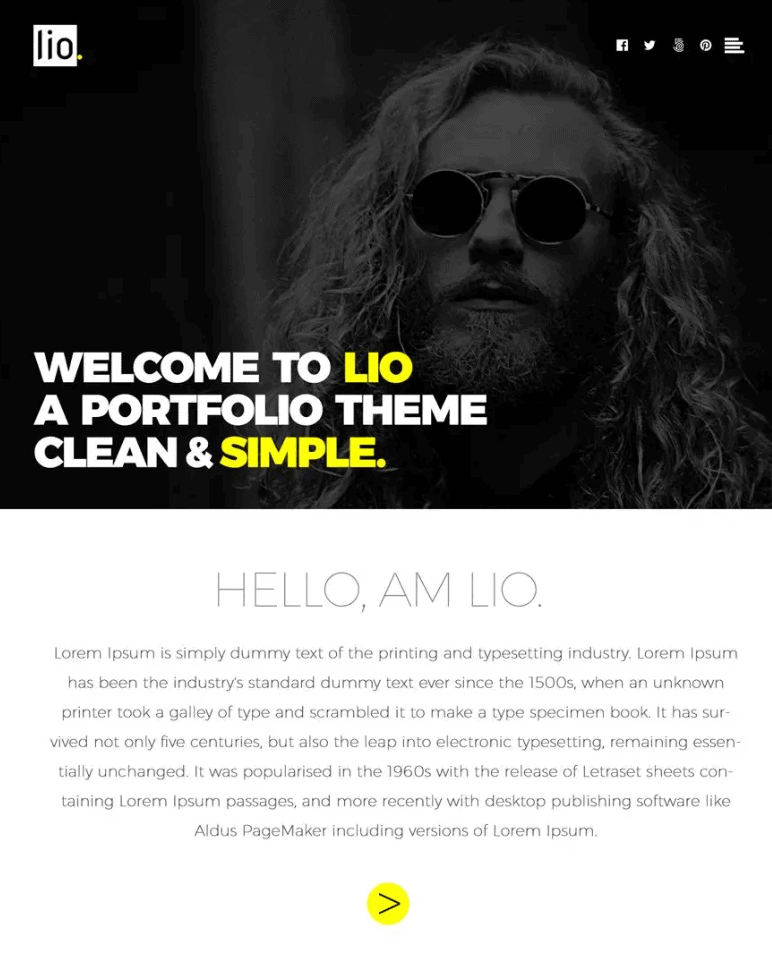
Photography Portfolio Template
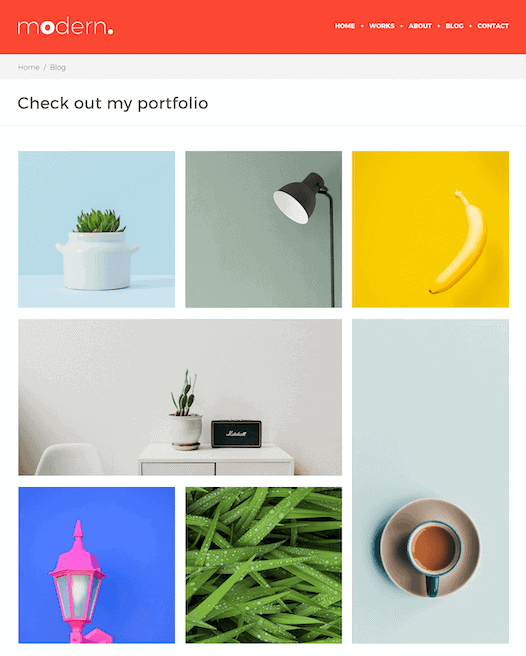
Web Development Portfolio Template
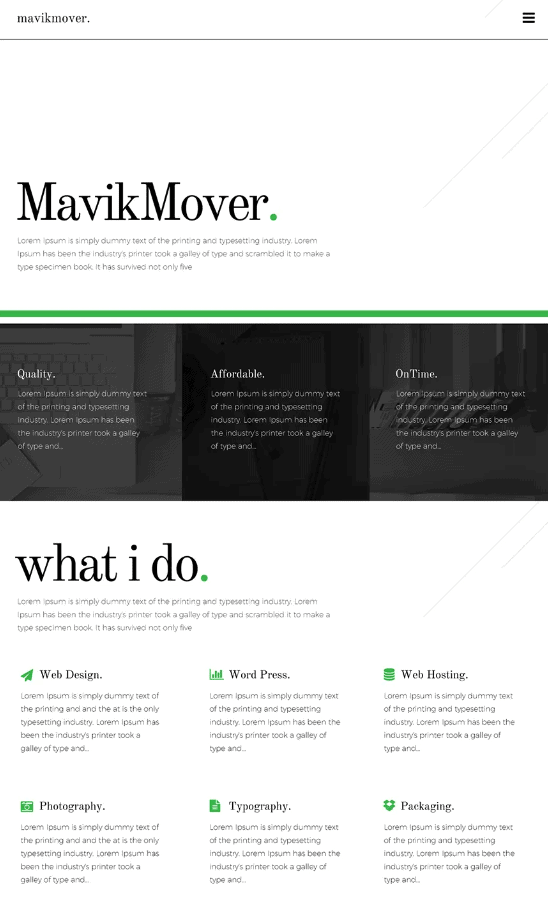
Art Portfolio Template
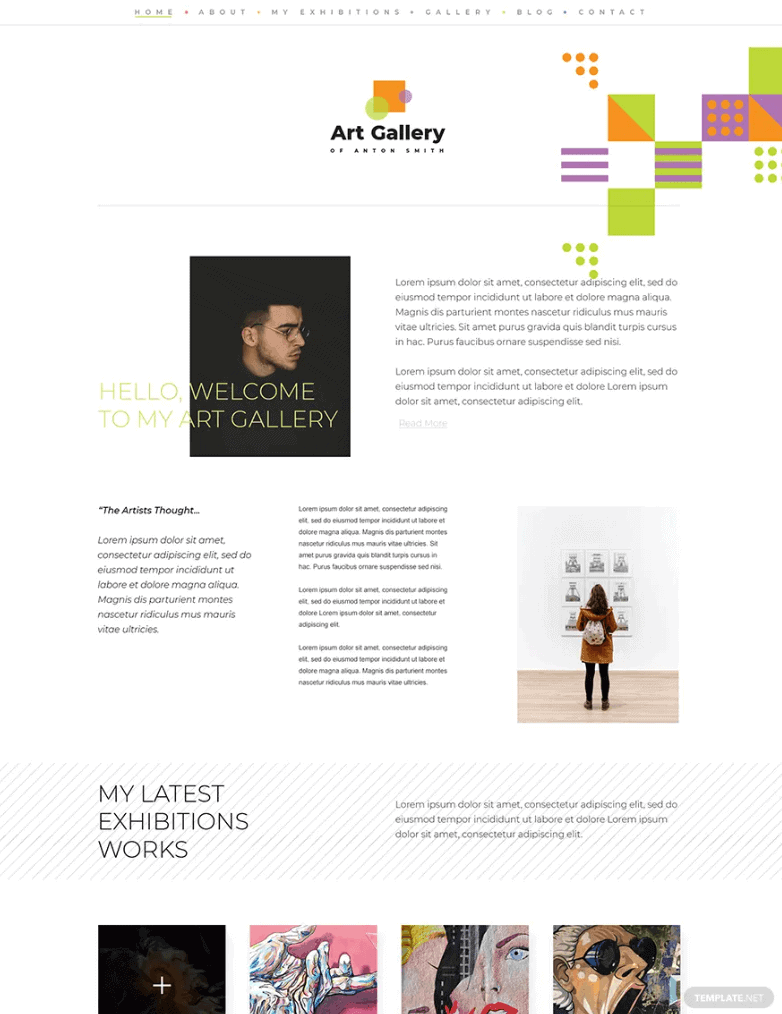
Writer Portfolio Template
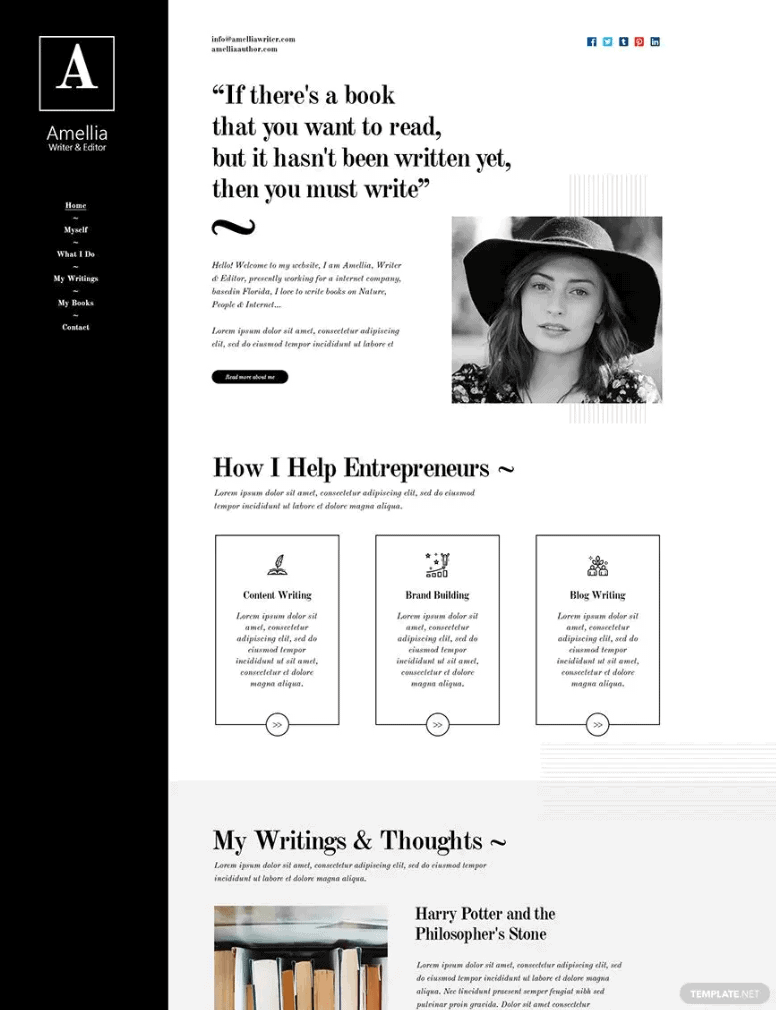
Online Portfolios: The Bottom Line
Online portfolios are a great way to add value to your job applications by showcasing your work — especially if you don’t have much (or any) real work experience.
“If it’s cost-friendly, use an online portfolio to your advantage,” Warzel says. “More likely than not, you will be the sole applicant using one as part of your application. It can’t hurt unless you build a sloppy portfolio. Make sure it’s sound and effective toward your brand marketability.”
Looking to build your job search confidence and workforce readiness? Check out Forage’s interview and career skill programs.
Image credit: Canva

